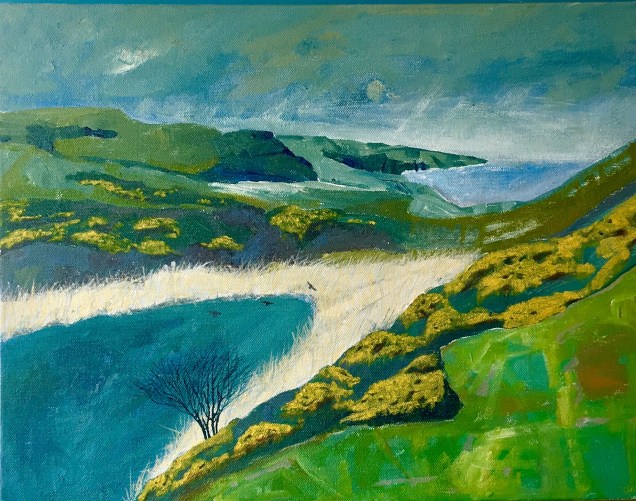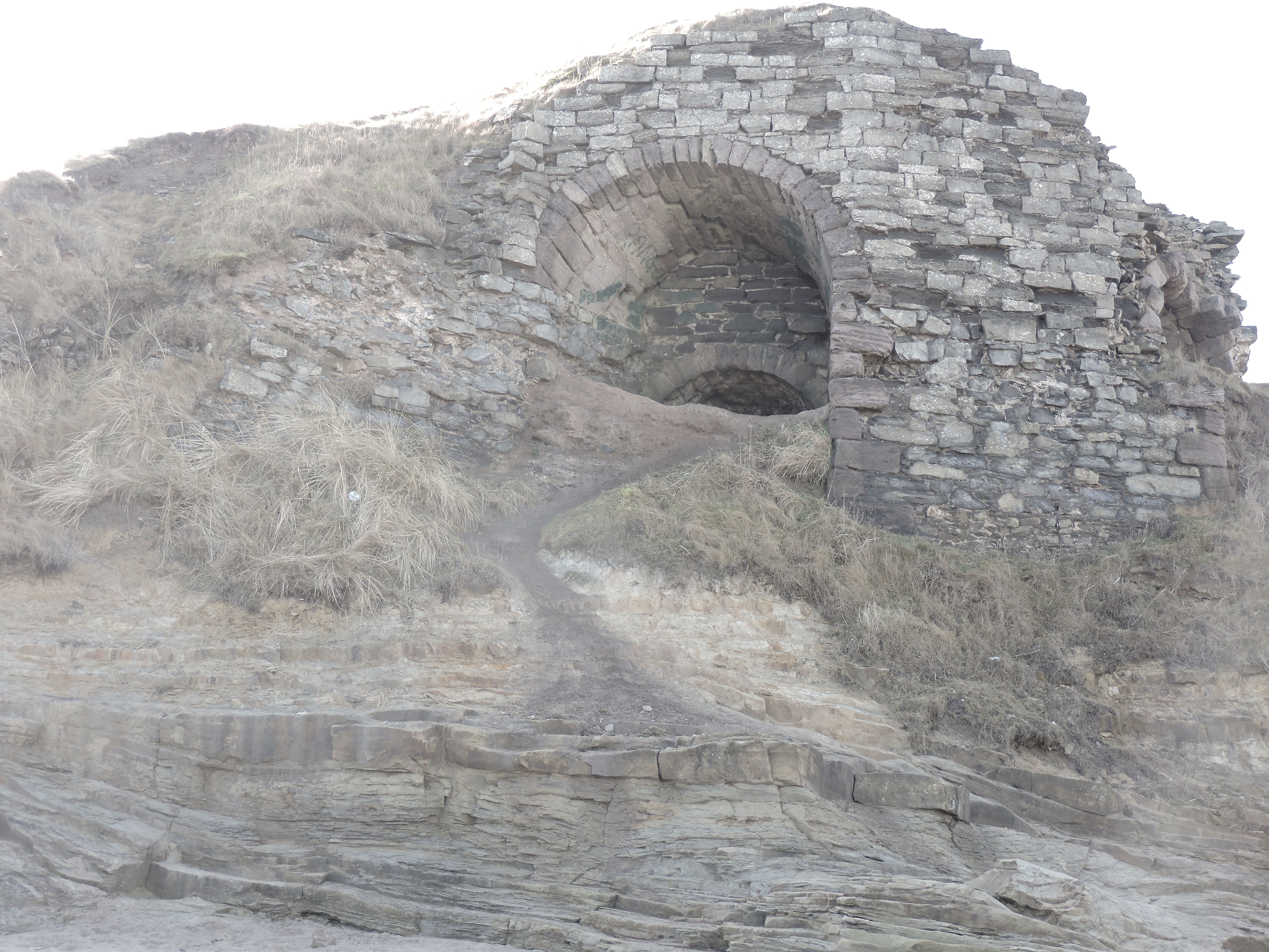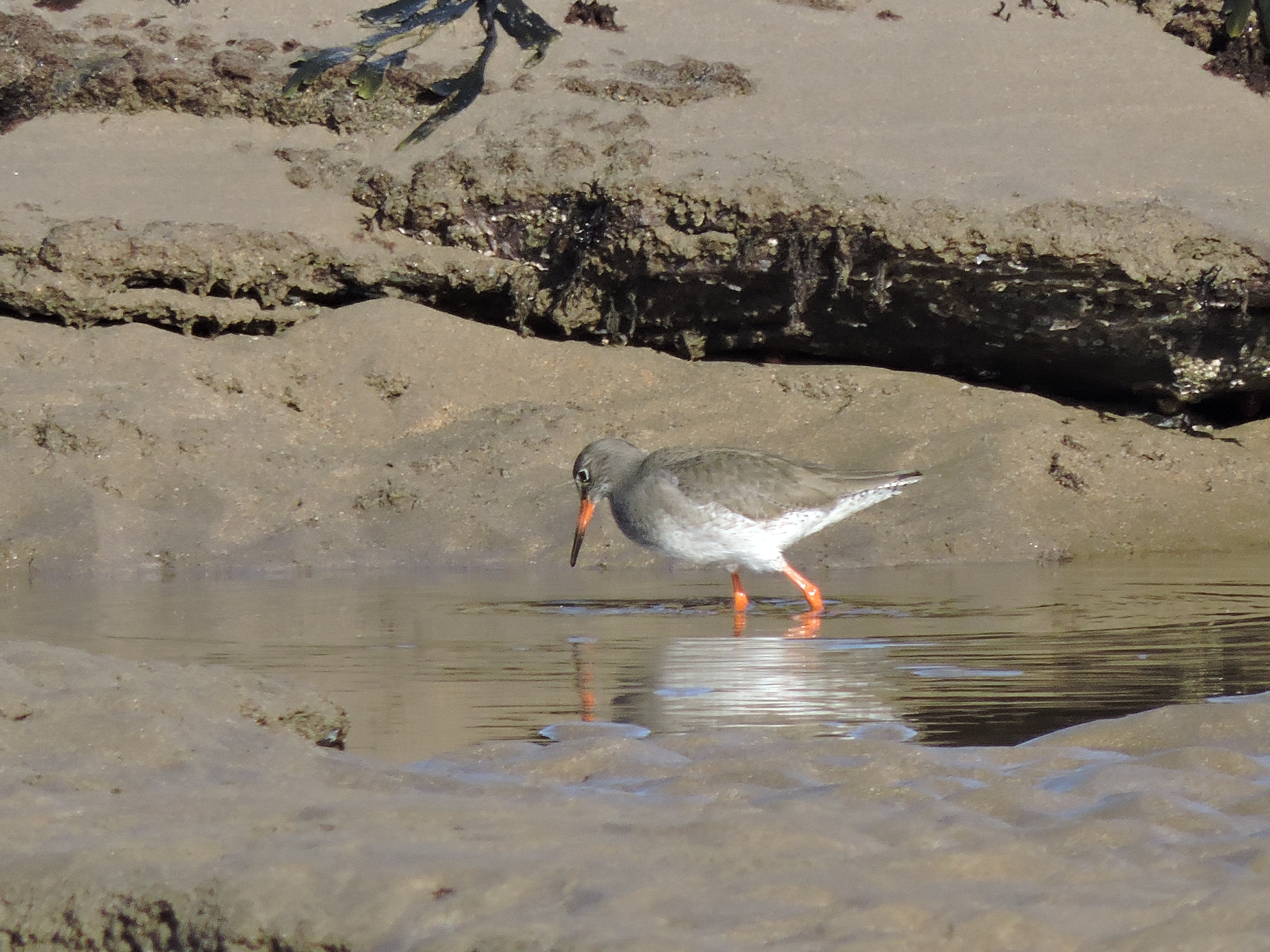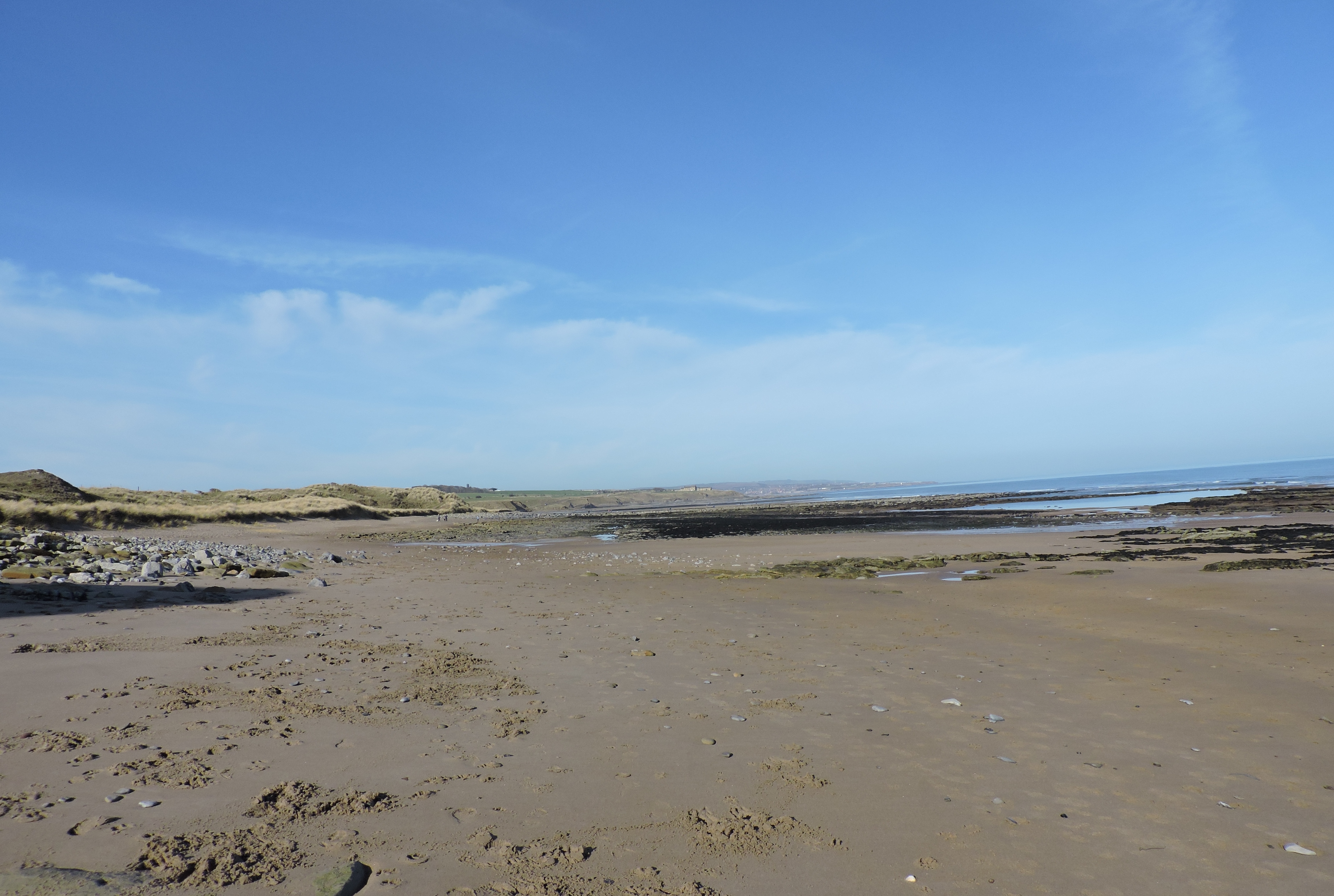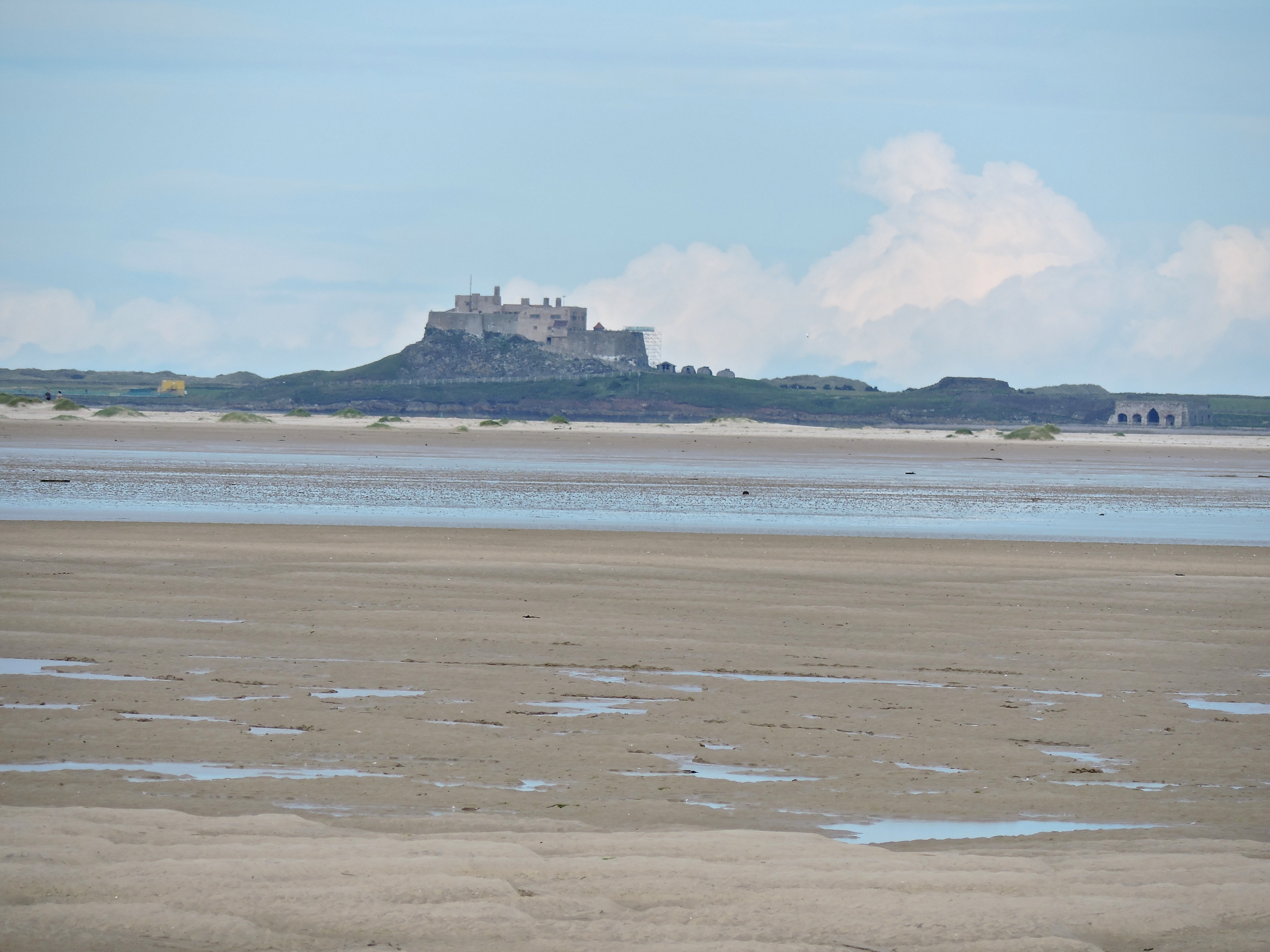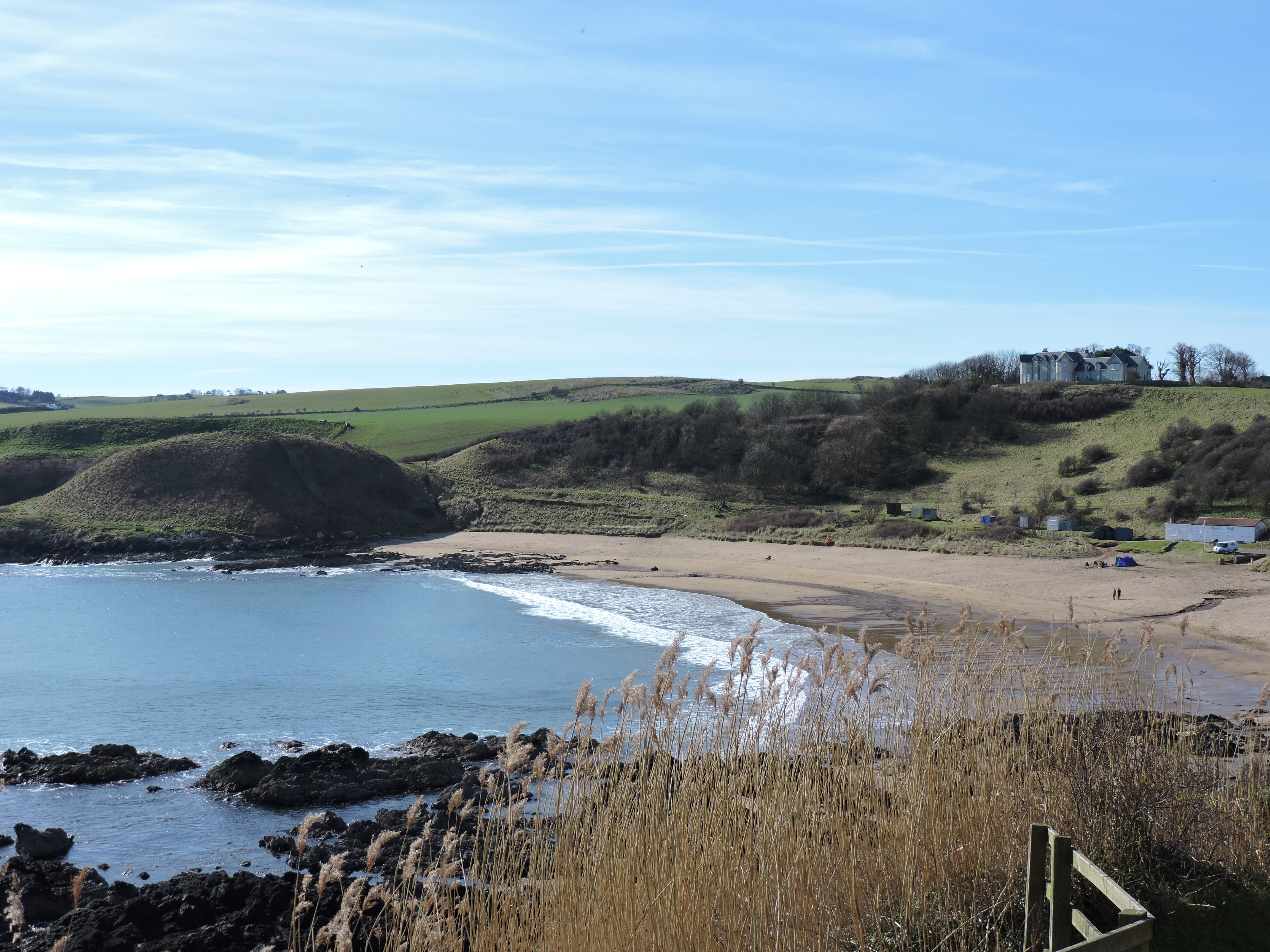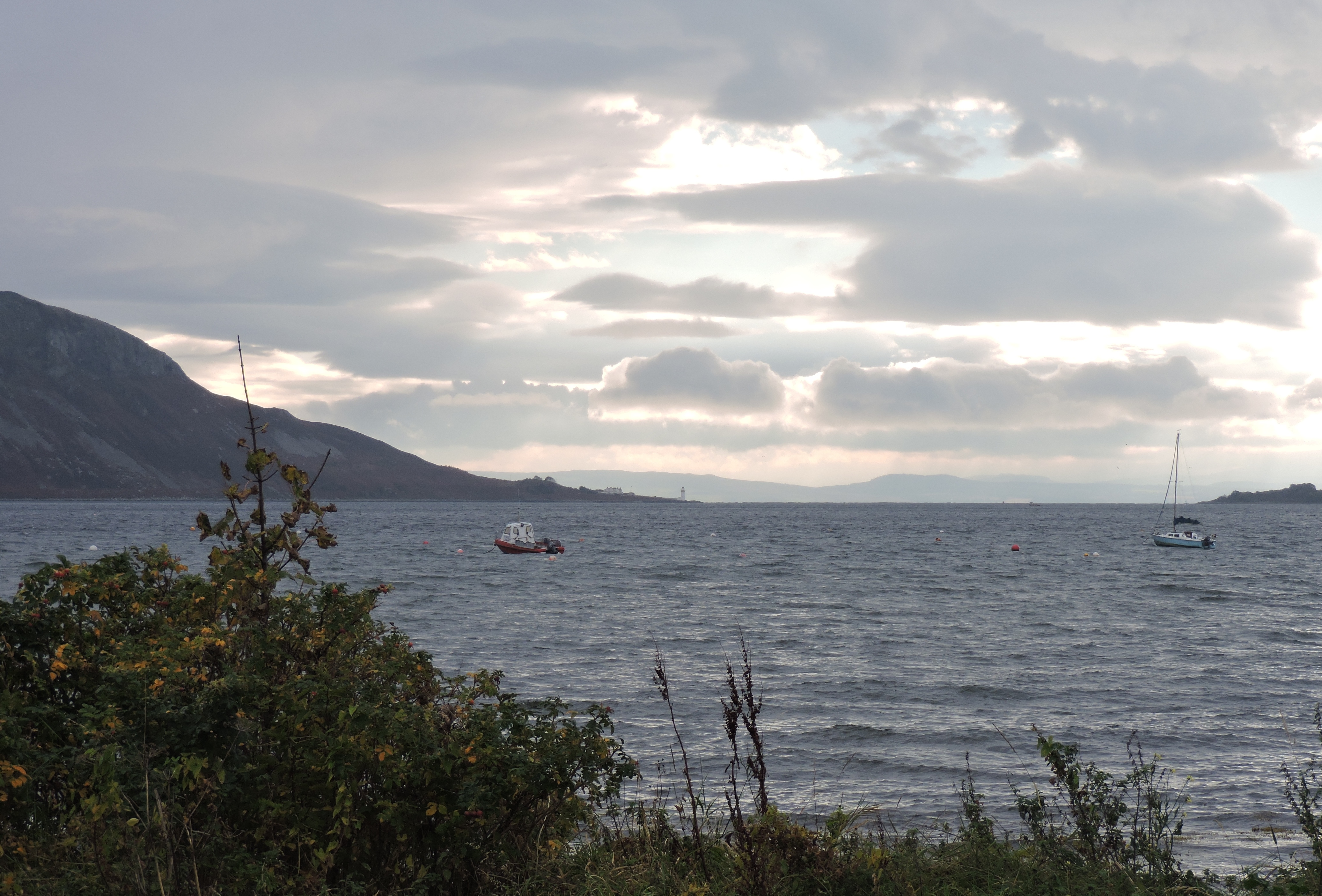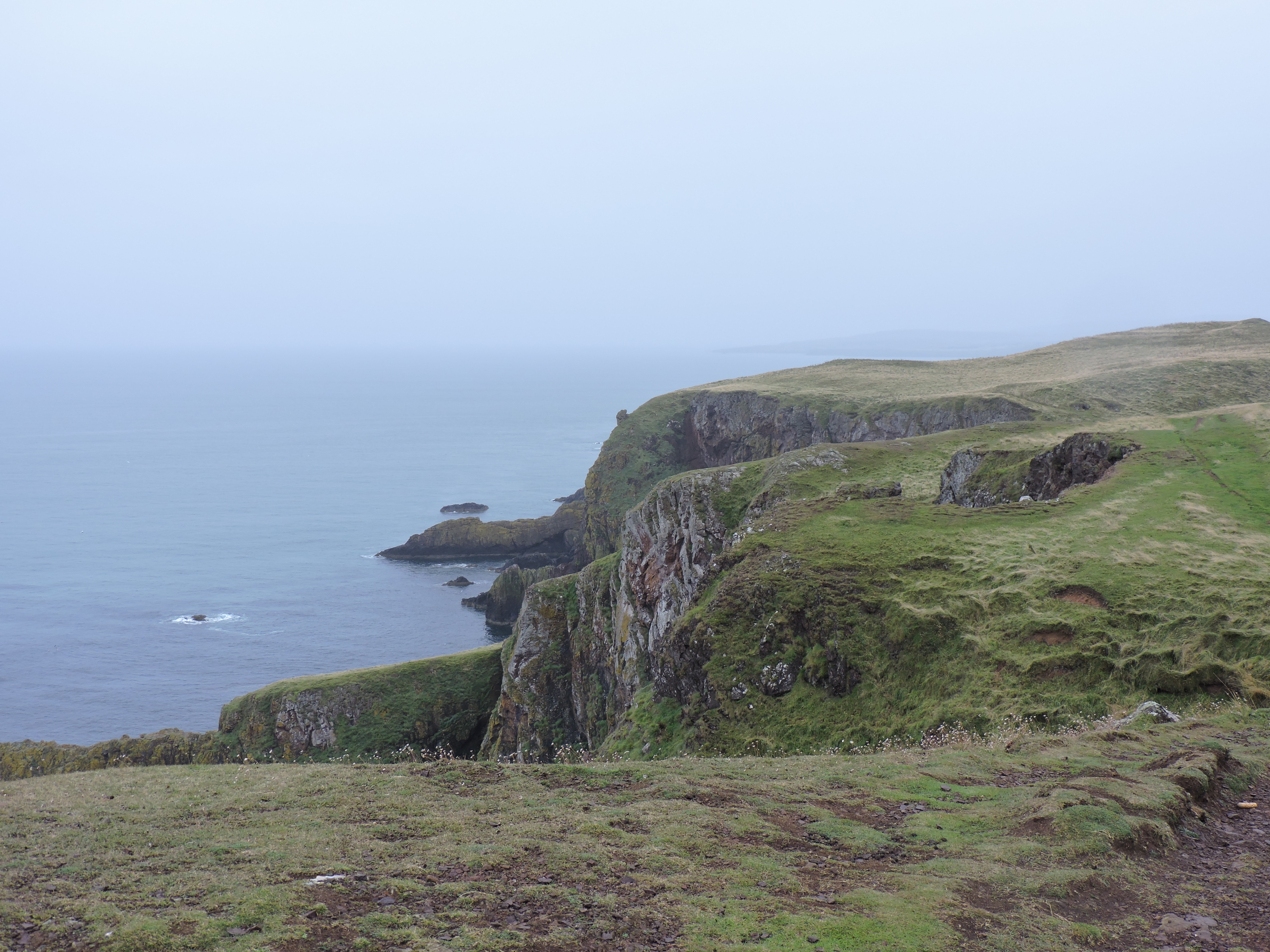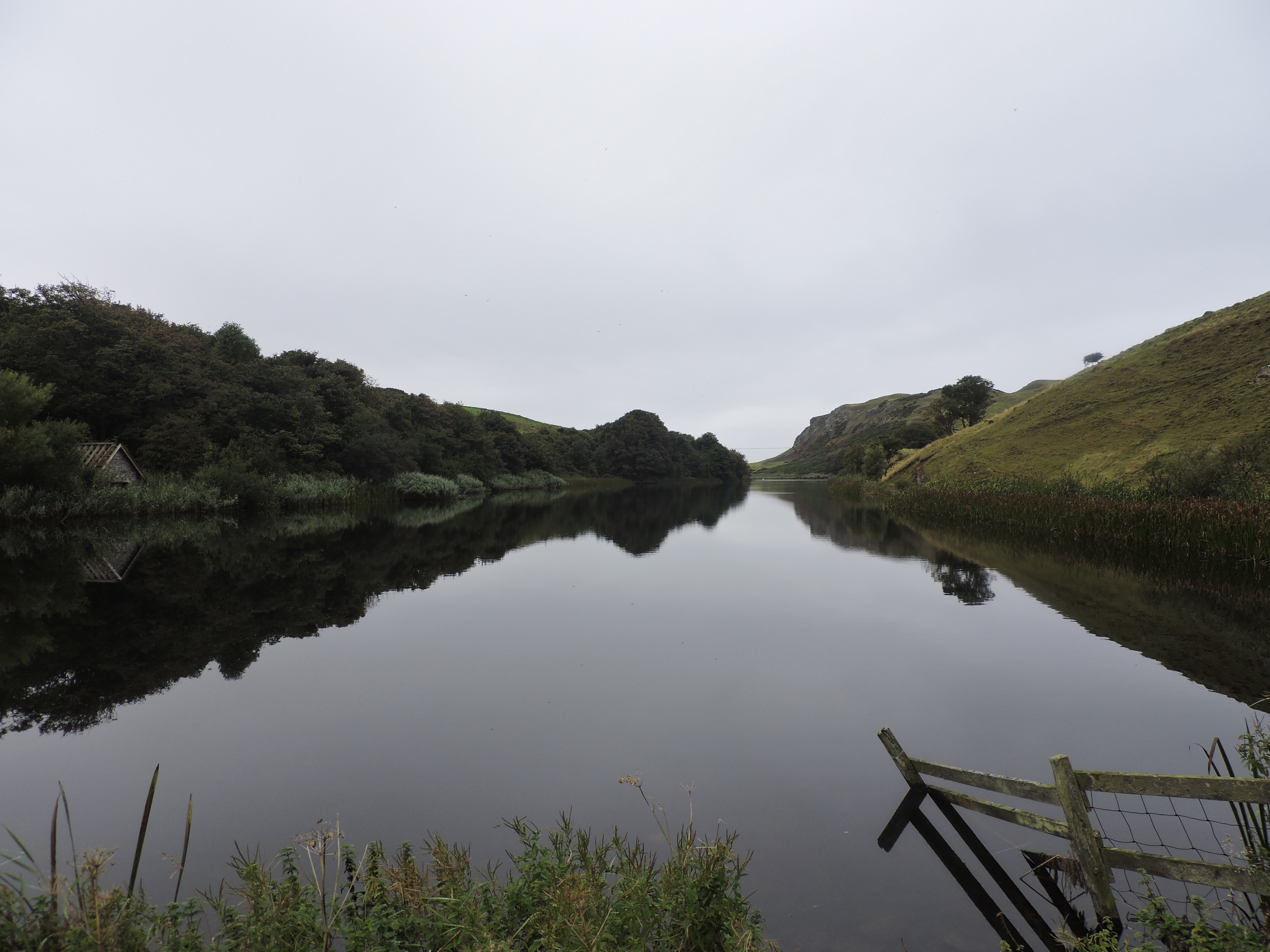St Abb’s to Pettico Wick and return via Mire Loch (3.5 miles)
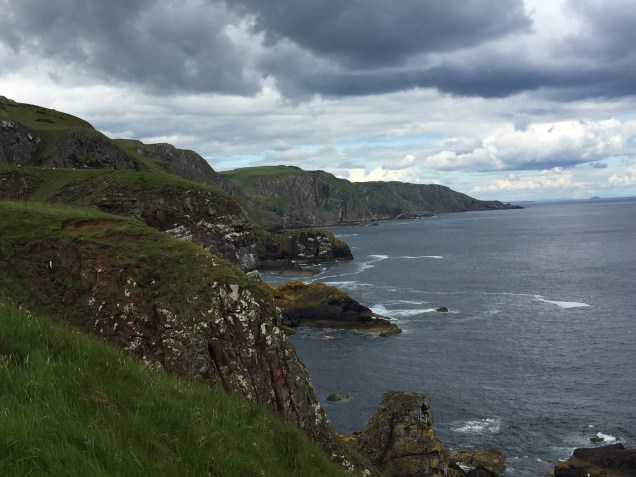
(3.5 miles)
It’s me! Some recent lovely comments on my site made me decide to have another go. Walking is slow and distances are short for me at the moment which is frustrating – but when the weather is being kind, as it was on the coast today, I suppose it doesn’t matter so much if you can’t walk fast or too far!
We usually walk around St Abb’s Head from the village and return via Mire Loch, missing out Pettico Wick. Today we decided to go and have a look at this little cove starting from the National Trust Car Park just before you get to St Abb’s village and walking through the farm and out along the ‘Discovery Trail’ before diverting along the ‘Lighthouse Loop’ to the sea at Pettico Wick. It’s all really well marked, the views are lovely – ahead and looking back towards St Abb’s and Coldingham Bay.
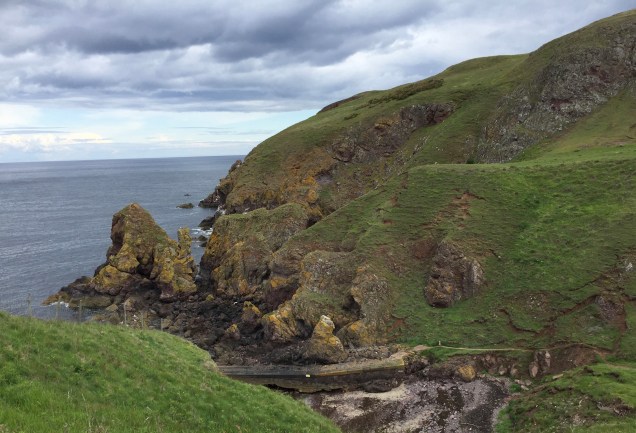
Pettico Wick – no idea why this pretty bay is called this, apart from that an alternative name is listed by Canmore (Historic Environment Scotland) – Pettycarwick Bay – so it’s probably just got shortened over time and is now known as Pettico Wick. It’s a tiny harbour with a pier which was built so that supplies for the St Abb’s lighthouse could be landed. We didn’t venture down as there were lots of divers milling about preparing to set off on an exploration of the waters.
The coastal habitat here is a Voluntary Marine Reserve and is protected and part of a European Marine Site. Apparently there are offshore forests of dense seaweed and the area is full of a mix of Atlantic and Arctic plant and animal species. You can sometimes see dolphin here and we’ve seen a porpoise previously.
We reach the coast and walk a little way along the coast path northwards to see the thousands of guillemots nesting on the cliffs – they’re tightly packed together on the ledges. Puffins, kittiwakes and razorbills are also known to nest here but it’s hard to make them out amongst the hoard of guillemots – collective noun: A Bazaar of Guillemots – that’s just what it sounds like too! It’s unwise to get too close to the cliff edge for obvious reasons (!) but also because we know that breeding success in guillemots and kittiwakes is reduced by the presence of people, who cause the nesting birds stress (shown by raised heart rate) and a related energy loss which may lead them to desert their nests. I don’t have my real camera today so can’t get good pictures of them but here’s one I took another day!

We head back inland along the shore of Mire Loch passing by the reed beds (those black clouds just drifted away!)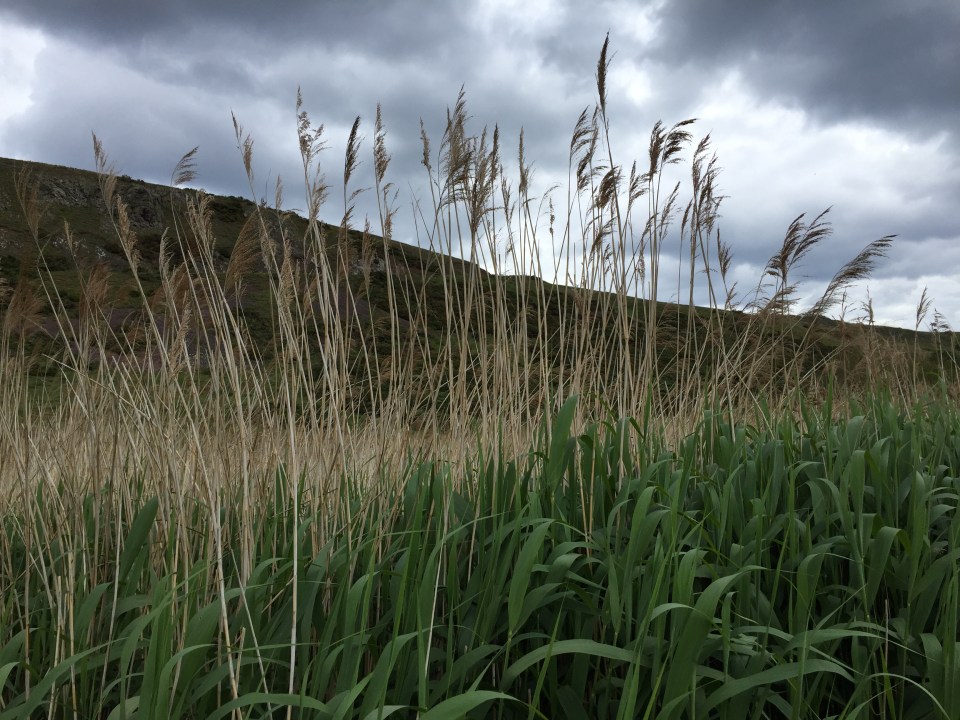
and spotting what we thought might be a reed warbler chattering away. Looking it up in my book later though, it seems that reed warblers are rare this far north so I think it was probably a sedge warbler – it had that distinctive white stripe above his eye. They like reed beds and marshes with some trees and bushes, so its perfect for him here. This is a first for me – never seen one before! No camera!!
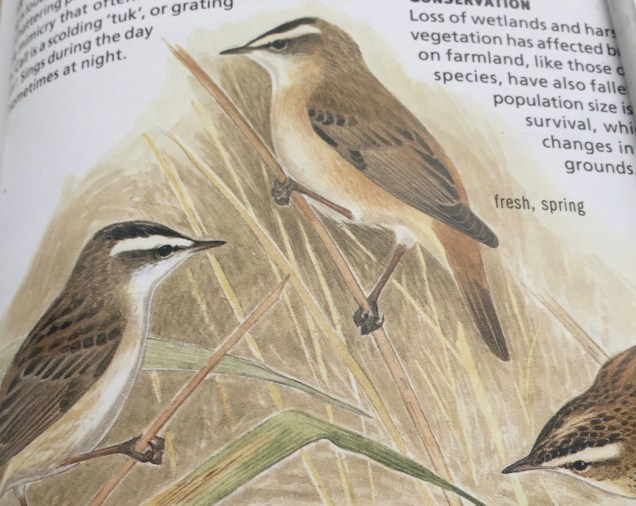
It’s getting warm as we head on through the wooded path and I’m beginning to wish I’d left the extra layers at home! There are plenty of insects enjoying the sunshine including this moth – known as Mother Shipton because it’s wing pattern is said to look like an old witch, you have to look at it for a long time and turn it about a bit but could be I suppose:
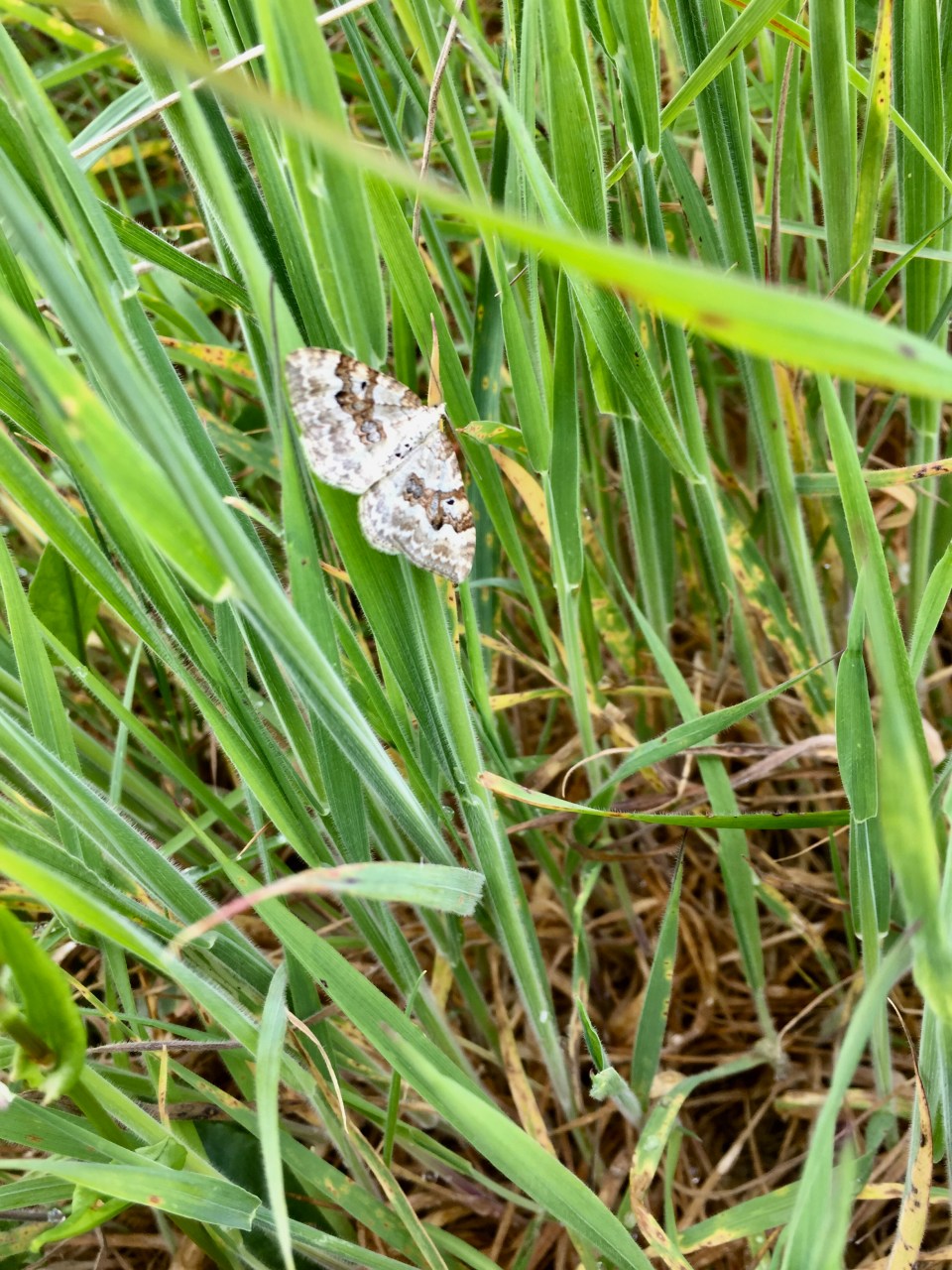
There are also lots of wild flowers and I’ve just got my phone which doesn’t do flowers and insects very well.
I did manage a good picture of the brightly coloured Northern Marsh-orchid which seems to be doing well here:

And have a look at the lovely Scots Pine cones and flowers:

We saw the swans nesting last time we were here – and this time they were guarding 5 cygnets from the hovering gulls. Swimming not far away was a little troop of golden-eye duck – so pretty! So needed my camera!!
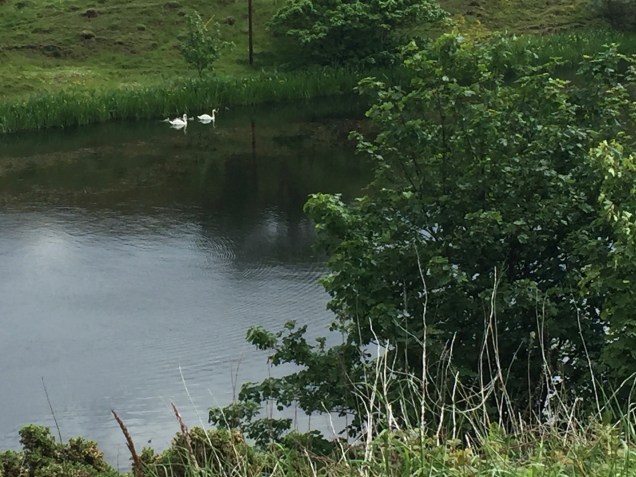
There’s a steep uphill climb on the way back and I’m slowing down even more. The best way to deal with being slow I’ve found is to pretend you just wanted to take another picture:

The hills around here are full of sheep and they roam freely – or laze about – whichever takes their fancy:

At last I can drag my sore feet through the car park and down to the Old Smiddy Coffee Shop where we stop for a cup of tea and admire the nasturtiums outside of the lovely Number Four Gallery where Mr M dropped of some more arty stuff earlier today….
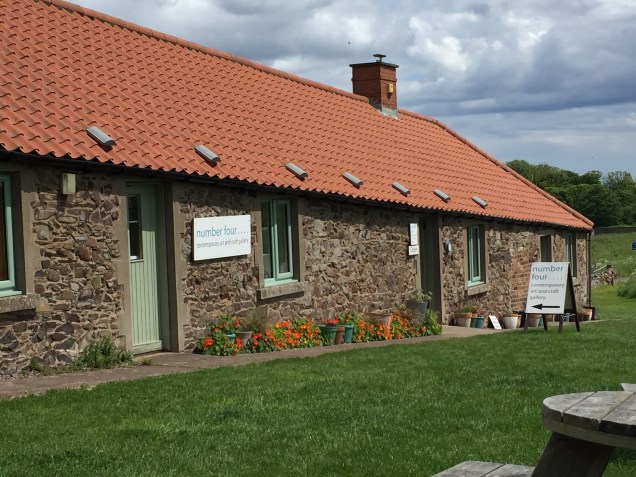
So there we are, I hope you enjoyed reading about this walk. I just wanted to give a trio of mentions:
to the St Abb’s Ranger who writes a blog, A Day in the (Wild) Life, which is full of lovely photos and interesting info! I notice s/he’s not posted since November last year but hopefully s/he’s just been super busy and will be back soon!
https://stabbsrangers.blogspot.com/2018/
to the National Trust for Scotland for the amazing information/visitor centre at St Abb’s which is full of interesting and very useful (for me) information boards, ‘what you might see’ books and leaflets:
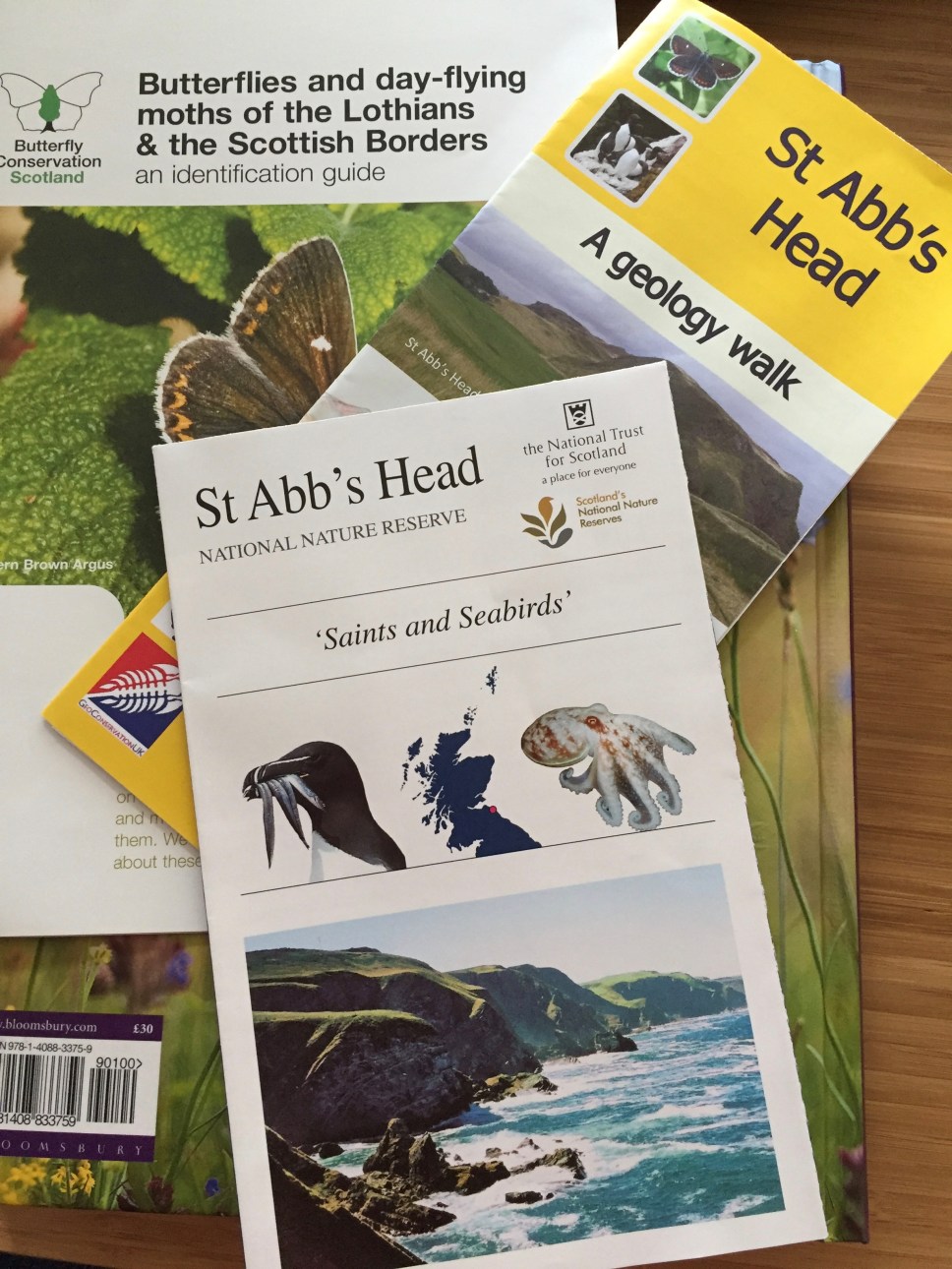
And to Mr M for this beautiful painting of Mire Loch – which of course we don’t get to keep – it’ll be part of his exhibition in The Robson Gallery, Halliwell House, Selkirk from 16th July and you can see it – and more – there:
